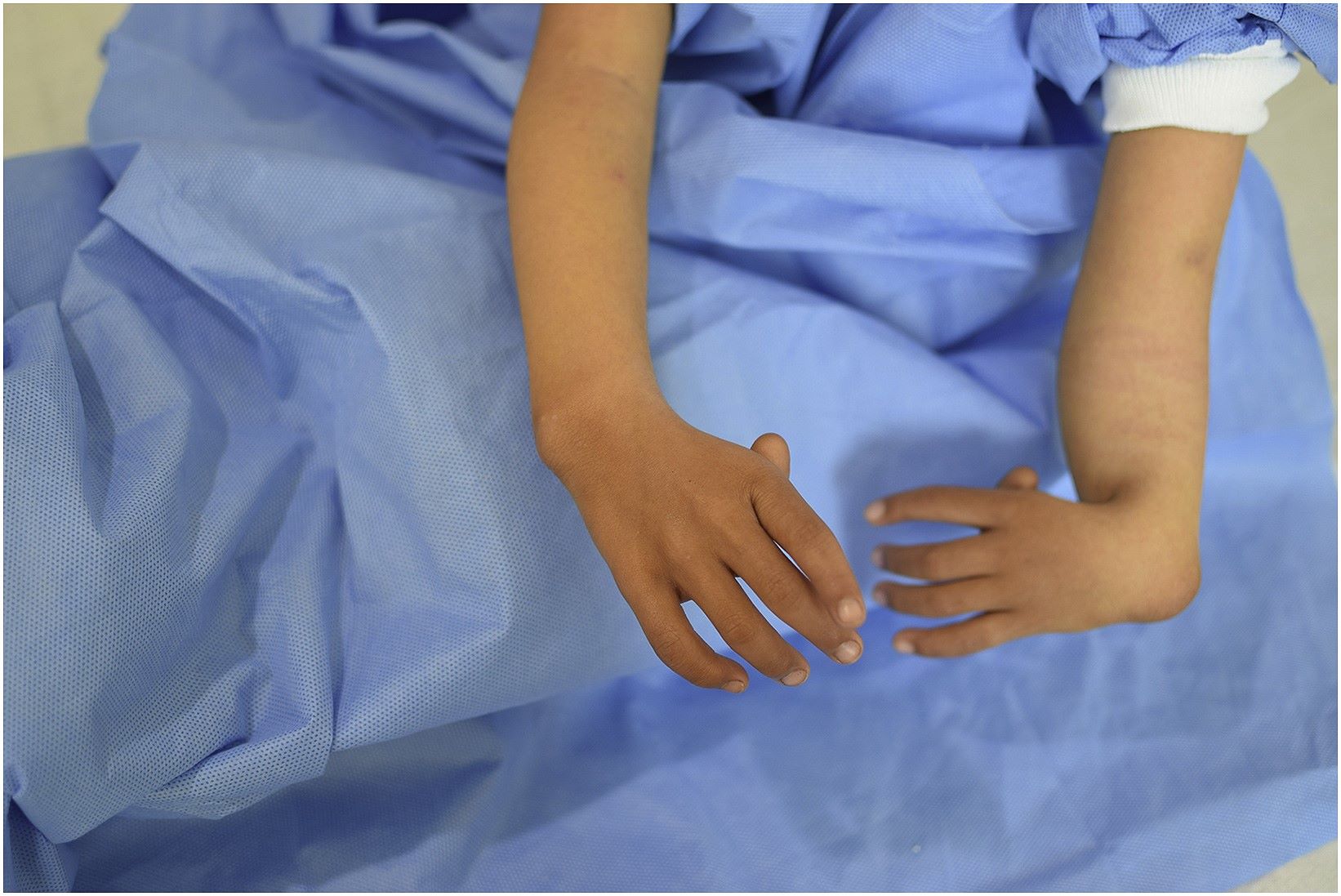
What is Bronchiolitis Obliterans With Obstructive Pulmonary Disease? Bronchiolitis obliterans, sometimes called "popcorn lung," is a rare but serious lung disease. It involves inflammation and scarring of the small airways, leading to breathing difficulties. Symptoms often include shortness of breath, a dry cough, and wheezing. Causes range from toxic fume exposure to respiratory infections and autoimmune disorders. This condition is particularly concerning for lung transplant patients, with many developing bronchiolitis obliterans syndrome (BOS) post-transplant. Diagnosis can be tricky, often requiring a combination of imaging tests and lung biopsies. While treatments aim to manage symptoms, the disease is usually irreversible.
Understanding Bronchiolitis Obliterans
Bronchiolitis obliterans is a rare but serious lung disease. It involves inflammation and scarring of the small airways, leading to significant respiratory issues. Here are some key facts to help you understand this condition better.
-
Definition and Other Names: Bronchiolitis obliterans is also known as constrictive bronchiolitis and obliterative bronchiolitis. Sometimes called "popcorn lung," it got this nickname from workers in the microwave popcorn industry who inhaled diacetyl, a flavoring chemical.
-
Symptoms: Common symptoms include shortness of breath, a dry cough, wheezing, and fatigue. These symptoms usually develop over weeks to months and can worsen over time.
-
Causes: Causes are diverse, including exposure to toxic fumes like diacetyl, sulfur dioxide, nitrogen dioxide, ammonia, chlorine, and mustard gas. Respiratory infections, connective tissue disorders, and complications following a bone marrow or heart-lung transplant can also lead to this condition.
-
Risk Factors: Higher risk individuals include those with autoimmune disorders like rheumatoid arthritis, systemic lupus erythematosus, and inflammatory bowel disease. Lung transplant patients are also at risk, with about 50% developing bronchiolitis obliterans syndrome within five years post-transplant.
Pathophysiology and Diagnosis
Understanding how bronchiolitis obliterans affects the body and how it is diagnosed is crucial for managing the disease.
-
Pathophysiology: The disease involves inflammation and scarring of the small airways (bronchioles), leading to obstruction and impaired airflow. This scarring can worsen over time, eventually resulting in respiratory failure.
-
Diagnostic Methods: Diagnosis typically involves clinical history, physical examination, and diagnostic tests like high-resolution CT scans of the chest, pulmonary function tests (PFTs), and sometimes a lung biopsy to confirm fibrosis and inflammation.
-
Differential Diagnosis: Symptoms can be similar to asthma, making differential diagnosis crucial. However, bronchiolitis obliterans is generally unresponsive to bronchodilators, distinguishing it from asthma.
-
Classification: Classified under diseases of the respiratory system, it specifically affects the small airways, making it an obstructive lung disease.
Bronchiolitis Obliterans Syndrome (BOS)
When bronchiolitis obliterans occurs after a lung transplant, it is referred to as bronchiolitis obliterans syndrome (BOS). This condition is a form of chronic allograft rejection.
-
Terminology: The term "bronchiolitis obliterans" was originally used by pathologists to describe two patterns of airway disease. The other pattern is now known as cryptogenic organizing pneumonia (COP).
-
Bronchiolitis Obliterans Syndrome (BOS): Occurring after a lung transplant, BOS affects up to 50% of long-term lung transplant survivors. It is a significant form of chronic allograft rejection.
-
Epidemiology: The incidence of bronchiolitis obliterans is rare but significant in lung transplant patients. The average time to diagnose BOS is 16 to 20 months after transplantation, though it can occur as early as three months post-transplant.
Environmental and Infectious Causes
Environmental exposures and infections play a significant role in the development of bronchiolitis obliterans.
-
Environmental Exposure: Exposure to harmful substances is a major cause. Diacetyl, used in microwave popcorn flavoring, is one of the most common toxicants implicated. Other substances include acetaldehyde, formaldehyde, metal oxide fumes, and sulfur dioxide.
-
Infectious Causes: Respiratory infections like adenovirus, respiratory syncytial virus (RSV), and influenza can lead to bronchiolitis obliterans. HIV and cytomegalovirus infections have also been associated with the condition.
-
Autoimmune Disorders: Individuals with autoimmune disorders such as rheumatoid arthritis and systemic lupus erythematosus are at a higher risk. Inflammatory bowel disease is another condition that increases the risk.
Treatment and Prognosis
Managing bronchiolitis obliterans involves various treatment strategies, though the prognosis remains challenging.
-
Treatment Options: There is no cure. Treatment focuses on managing symptoms and slowing disease progression. Common treatments include corticosteroids to reduce inflammation, bronchodilators to open airways, and oxygen supplementation to improve oxygen levels. In severe cases, lung transplantation may be considered.
-
Treatment Challenges: The response to treatment is generally poor, and the disease often progresses despite medical intervention. Early diagnosis is crucial for effective management, as it can slow the progression of the disease.
-
Lung Transplantation: Lung transplantation is a rare treatment option, typically reserved for the most severe cases where other treatments have failed. However, even after transplantation, bronchiolitis obliterans can recur, affecting up to 50% of long-term survivors.
-
Idiopathic Cases: Some cases occur without a known cause, classified as idiopathic. These cases are particularly challenging to manage and often have a poorer prognosis.
-
Diagnostic Testing: While a definitive diagnosis requires a lung biopsy, other diagnostic tests like high-resolution CT scans, PFTs, and chest X-rays can aid in the diagnosis. These tests often show evidence of heterogeneous air trapping, mosaic attenuation, bronchial wall thickening, and cylindrical bronchiectasis.
-
Prognosis: The prognosis is generally poor, with the disease often leading to significant respiratory impairment and potentially life-threatening complications. Early detection and aggressive treatment are essential to manage symptoms and improve outcomes.
Final Thoughts on Bronchiolitis Obliterans
Bronchiolitis obliterans is a serious lung disease that can sneak up on you. It’s marked by inflammation and scarring of the small airways, leading to breathing problems that often get worse over time. Causes range from toxic fumes and infections to autoimmune disorders and complications from transplants. Symptoms like shortness of breath, dry cough, and wheezing can be mistaken for asthma, but bronchiolitis obliterans doesn’t respond to typical asthma treatments. Diagnosis usually involves a mix of clinical history, imaging tests, and sometimes a lung biopsy. Treatment options are limited and mainly focus on managing symptoms and slowing disease progression. Early detection is crucial for better outcomes. While there’s no cure, understanding the disease can help in managing it more effectively. Stay informed and consult healthcare professionals if you suspect any symptoms.
Was this page helpful?
Our commitment to delivering trustworthy and engaging content is at the heart of what we do. Each fact on our site is contributed by real users like you, bringing a wealth of diverse insights and information. To ensure the highest standards of accuracy and reliability, our dedicated editors meticulously review each submission. This process guarantees that the facts we share are not only fascinating but also credible. Trust in our commitment to quality and authenticity as you explore and learn with us.


